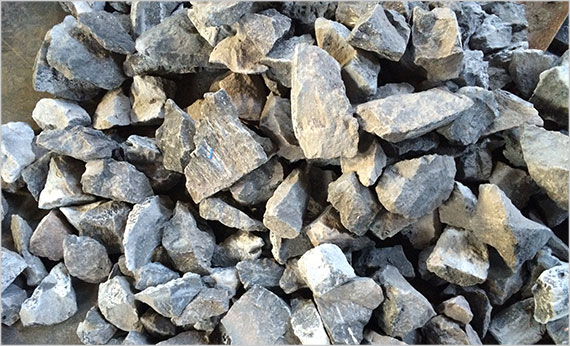The molecular formula of Calcium Carbide is CaC2. Its appearance is gray, clay bank, black or brown block solid. It is basic material of organic synthesis and chemical industry. Many organic compounds can be synthesized by using the material of calcium carbide and they are widely used in industry, agriculture, medical etc.
Technical Specification:
Calcium Carbide (CaC2)
Specification: Nr CAS 75-20-7, UN: 1402, class 4.3, HS code 28491000
Granularity: 15-25mm/25-50mm/50-80mm/70-100mm/80-120mm
Gas yield: ≥ 295 L/1KG calcium carbide
PH3: ≤0.06%
H2S: ≤0.03%
Body of non-dissoluble: max 1.0%
Within the limit of the size %: ≥ 86%
200mm siftage %: ≤ 2%
Ash %: ≤1%
Nitrogen: nitrogen atmosphere inside drums
Packing: 50kgs or100kgs per new steel drum with fully open head
Loading capacity:1*20'FCL: 22.5 MT
|
Granularity
|
H2S content
|
PH3 content
|
Gas evolution
|
|
80-200mm
|
≤0.1 v/v
|
≤0.06 v/v
|
305 L/kg
|
|
50-80mm
|
≤0.1 v/v
|
≤0.08 v/v
|
285L/kg
|
|
5-60mm
|
≤0.15 v/v
|
≤0.08 v/v
|
250 L/kg
|
Main application
(1)Acetylene which is the reaction product of calcium carbide can be synthesized many organic compounds like synthetic rubber, synthetic resin, acetone, ketene, carbon black, etc; meantime, acetylene – oxygen flame can be widely used for welding and cutting of metal.
(2)When heating powdery calcium carbide and nitrogen gas, it produces calcium cyanamid which reacts with salt to form black cyanide. It is applied to gold mining and non-ferrous metal industry.
(3)calcium carbide itself can be used as desulfurizer in steel industry.






